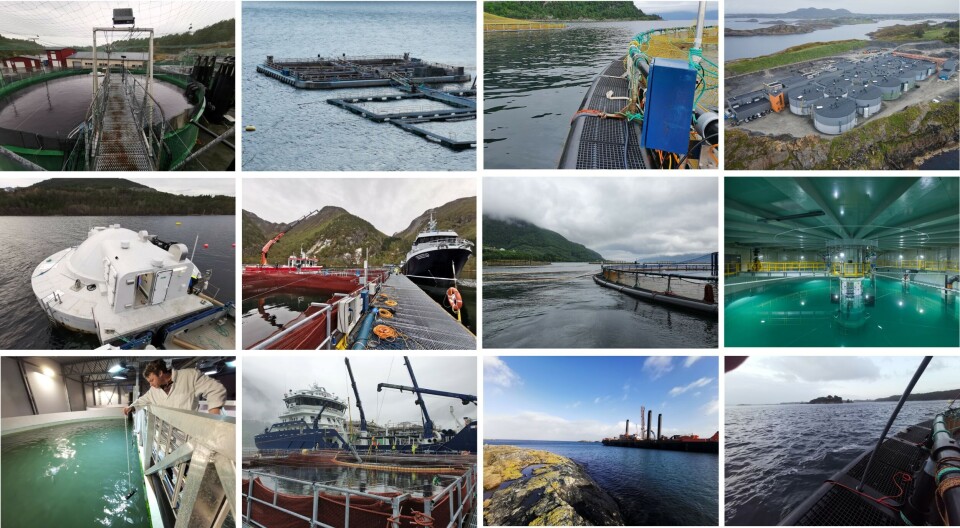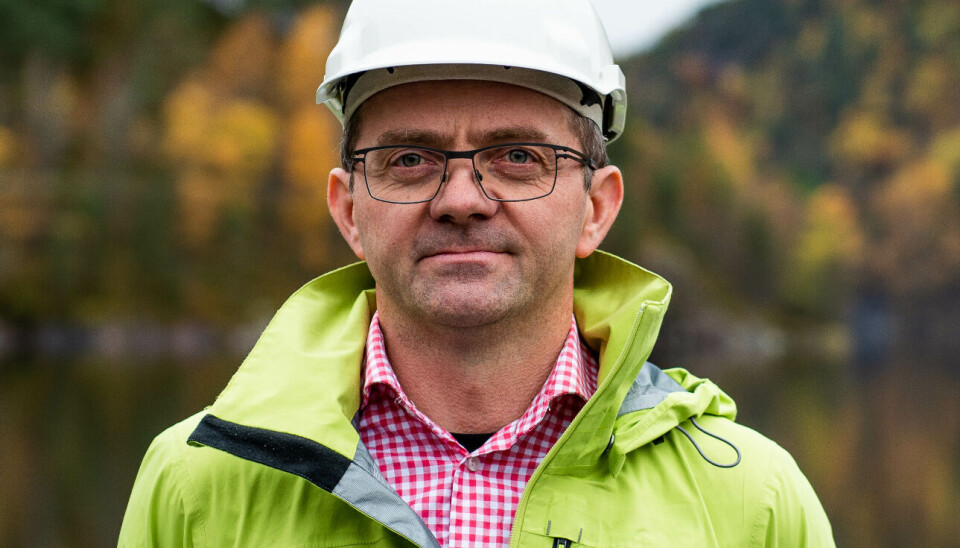
The noisy world of farmed salmon
There’s a lot of sound in all types of fish farms but that may not necessarily be a bad thing, say researchers
Accurate measurements of how much noise farmed salmon live in have been made for the first time, say researchers in Norway, and the conclusion is that the fishes’ environment is not quiet.
Over the course of several months, the noise level underwater was measured at 10 different fish farms.
“As the aquaculture facilities have become larger and more and more work processes are carried out with the help of boats, pumps and compressors, the noise level underwater has also increased,” said Institute of Marine Research (IMR) scientist Frode Oppedal.
Exactly how much noise there is, and how it varies, no one has been able to answer until now, writes the IMR on its website.
Sound and vibrations
Although fish do not have ears on the outside of their bodies, they can still perceive sound.

“Fish perceive sound through sensory hairs in the inner ear that surround the ear stones (otoliths). In addition, they can perceive sound and vibrations via the lateral line organ,” said Oppedal.
Whether the facilities are on land or in open and closed cages in the sea seems to be an important factor when it comes to the soundscape experienced by the fish.
The researchers recorded the most noise in closed facilities, followed by facilities on land, while the quietest periods were in the traditional open facilities.
“The traditional sea facilities have less technical equipment than more advanced facilities, so it was not unexpected that there was also the least noise here,” said Oppedal.
Loud bangs
The sound level that was measured at the various facilities varied from a background level of 95 dB (decibels), with a normal level of up to 134 dB and in noisy periods up to 157 dB.
“In some cases, we also measured extremely loud sounds of over 175 dB, these occurred near hatches that were closed with a bang or if blasting work was taking place nearby,” he said.
Although they have the lowest sound level in general, it is not quiet all the time in the open cages either, and these had the greatest variation of noise level depending on which work operations were carried out.
“The noise level increased significantly when boats were present to carry out daily routines or work operations such as lice removal, but in general it was quieter here than in other types of facilities,” said Oppedal.
Try to be quieter
For the time being, the researchers cannot say much about what the noisy existence means for the salmon, but simple preventive measures would be to think through what makes a very loud sound and avoid such situations as much as possible.
“We know that salmon can react to loud noise, but exactly where the limits are from when they are frightened to when it becomes physically harmful, has not been described in detail,” said Oppedal.
Salmon can also get used to the sound, and perhaps it is not always an advantage to have it as quiet as possible.
More research
“It is possible that salmon are more easily startled if they live in a quiet environment. In addition, we know that they can, for example, learn that noise means that food is coming.”
In the next phase of the project, the researchers will look into such matters in more detail.
“We will investigate this further now, both in relation to behaviour, habituation, physiology and brain activity. We have indications that loud noise can have a frightening effect on the fish, but we need to investigate this further,” concluded Oppedal.
Read the full study, Sound in salmon farming, by F Oppedal, et al, here.























































